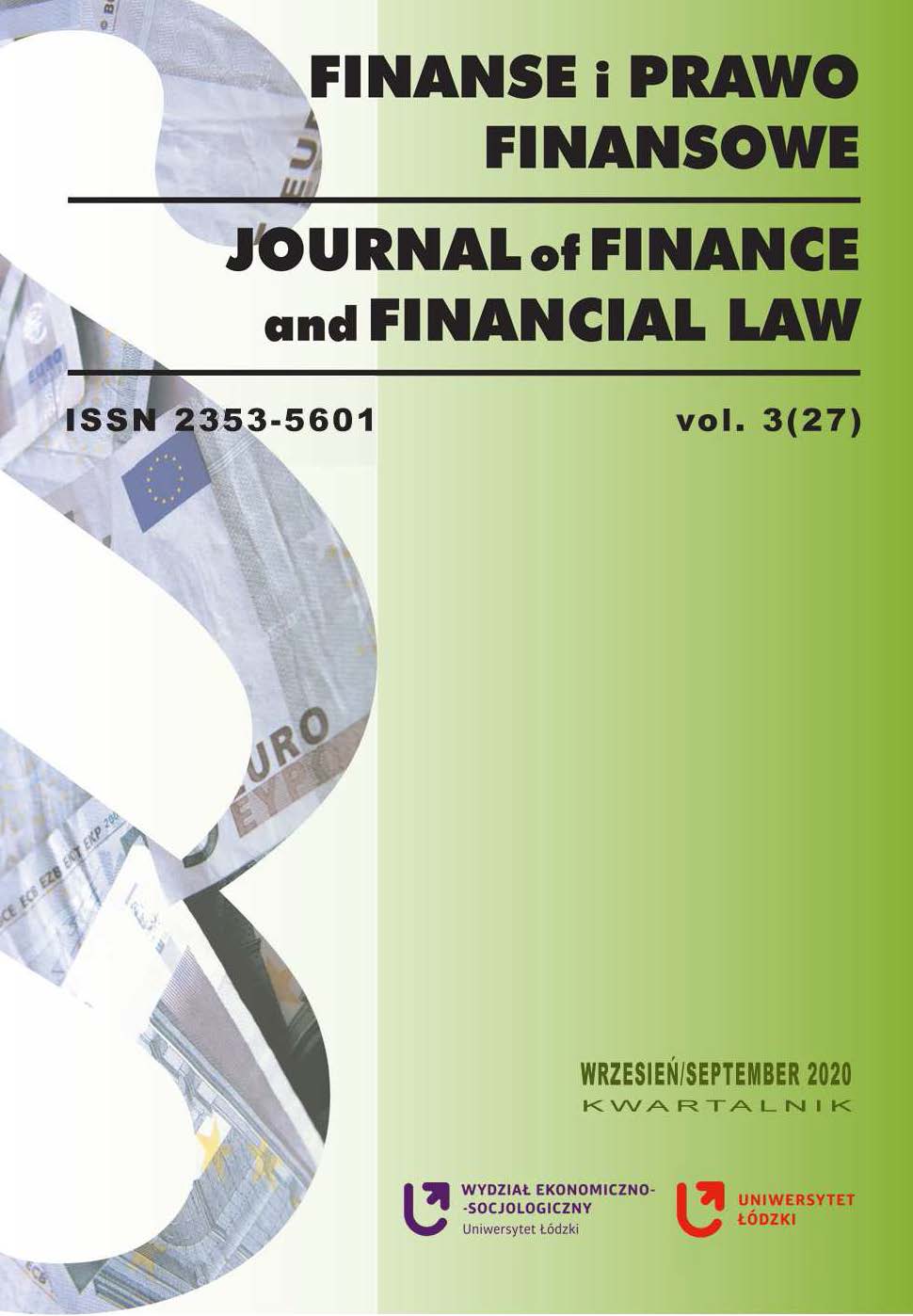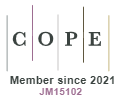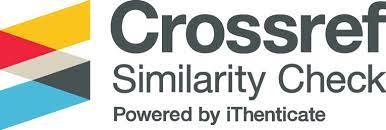Robo-advisors as Automated Personal Financial Planners – SWOT Analysis
DOI:
https://doi.org/10.18778/2391-6478.3.27.09Keywords:
digital financial planning, personal financial management, automated financial advisors, fin-tech regulationAbstract
Automatic financial consulting (robo-advice) is a financial innovation in the area of personal financial planning, and in particular investment consulting classified as fin-tech (financial technology). The main disadvantage of traditional investment advice is limited availability due to the required amount of assets and high management costs. These disadvantages are answered by robo-advice, using artificial intelligence and algorithms without the participation of a physical adviser, thereby reducing or abolishing minimal assets and reducing costs [Kocianski 2016]. The purpose of the article is to analyze strengths and weaknesses as well as opportunities and threats of robo-advisors, especially when compared to traditional financial advisors. This paper is an analysis of a history, regulations, application, functionality and development of Robo-Advice. The concept of Robo-Advice was critically analysed, with presentation of current strength and weaknesses, as well as opportunities and threats. We aimed showing that Robo-Advice should be innovative, feature a new approach, and should transform the current financial consulting. There are still, however, many opportunities and challenges in this field, which await discovering. The article uses the SWOT analysis method, analysis of the literature and reports. As indicated by the analysis, robo-advisors are not a threat to traditional financial advisors, but their complement, which makes the hybrid model connecting a physical advisor assisted by technological solutions (robo-advisors) most likely. This thesis is also confirmed by the small scale of robo-advisors’ activity compared to traditional advisors measured by the market penetration rate (in 2023 about 2% assets under management).
Downloads
References
Anderson T., 2017, More robo-advisors are adding a human touch to their services, https://www.cnbc.com/2017/01/31/more-robo-advisors-are-adding-that-human-touch.html [access 20.06.2019].
Google Scholar
Arnott R.D., Berkin A.L., Ye J., 2000, How Well Have Taxable Investors Been Served in the 1980s and 1990s?, „The Journal of Portfolio Management”, vol. 4, pp. 84–93.
Google Scholar
DOI: https://doi.org/10.3905/jpm.2000.319766
Baker T., Dellaert B., 2017, Regulating robo advice across the financial services industry, ERIM report series research in management in Erasmus Research Institute of Management.
Google Scholar
DOI: https://doi.org/10.2139/ssrn.2932189
Cocca T.D., 2016, Potential and Limitations of Virtual Advice in Wealth Management, „The Capco Institute Journal of Financial Transformation”,vol. 44, pp. 45–57.
Google Scholar
Dorfleitner G., Hornuf L., Schmitt M., Weber M., 2017, FinTech in Germany, Springer International Publishing, Cham.
Google Scholar
DOI: https://doi.org/10.1007/978-3-319-54666-7
European Securities and Markets Authority, 2007, MIFID and MIFIR.
Google Scholar
Fein M.L., 2015, Robo-Advisors – A Closer Look, SSRN Working Paper 2658701, http://ssrn.com/abstract_2658701 [access 8.06.2019].
Google Scholar
DOI: https://doi.org/10.2139/ssrn.2658701
FINRA, 2016, FINRA Reports on Effective Practices for Digital Investment Advice.
Google Scholar
Gauthier V., Laknidhi V., Klein P., Gera R., 2015, Robo-Advisors: Capitalizing on a growing opportunity, Deloitte.
Google Scholar
Jung D., Dorner V., Weinhardt C., Pusmaz H., 2017, Designing a Robo-Advisor for Risk-Averse, Low-Budget Investors, Electronic Markets, doi: 10.1007/s12525-017-0279-9
Google Scholar
DOI: https://doi.org/10.1007/s12525-017-0279-9
Jung D., Dorner V., Glaser F., Morana S., 2018, Catchword Robo-Advisory – Digitalization and Automation of Financial Advisory, Business & Information Systems Engineering, BISE, vol. 60, issue 1, doi: 10.1007/s12599-018-0521-9.
Google Scholar
DOI: https://doi.org/10.1007/s12599-018-0521-9
Jung D., Glaser F., Köpplin W., 2019, Robo-Advisory – Opportunities and Risks for the Future of Financial Advisory, [in:] V. Nissen, Advances in Consulting Research Recent Findings and Practical Cases, Springer.
Google Scholar
DOI: https://doi.org/10.1007/978-3-319-95999-3_20
Kocianski S., 2016, The Robo-Advising Report: Market forecasts, key growth drivers, and how automated asset management will change the advisory industry, Business Insider.
Google Scholar
Lam J.W., 2016, Robo-Advisors: A Portfolio Management Perspective, Yale College.
Google Scholar
Ludden C., Thompson K., Mohsin I., 2015, The Rise of Robo-Advice: Changing the Concept of Wealth Management, Accenture.
Google Scholar
Markowitz H., 1952, Portfolio selection, „The Journal of Finance”, vol. 1, pp. 77–91.
Google Scholar
DOI: https://doi.org/10.1111/j.1540-6261.1952.tb01525.x
Nicoletti B., 2017, The Future of FinTech. Integrating Finance and Technology in Financial Services, Palgrave Studies in Financial Services Technology.
Google Scholar
DOI: https://doi.org/10.1007/978-3-319-51415-4_2
Novick B., Lu B., Fortin T., Hafizi S., Parkes M., Barry R., 2016, Digital Investment Advice: Robo Advisors Come Of Age, www.blackrock.com/corporate/literature/whitepaper/viewpoint-digital-investment-advice-september-2016.pdf [access 13.03.2020].
Google Scholar
Reher M., Sun C., 2016, Robo Advisers and Mutual Fund Stickiness, January, SSRN Electronic Journal DOI: 10.2139/ssrn.2872134
Google Scholar
DOI: https://doi.org/10.2139/ssrn.2872134
Saad L., 2016, Robo-Advice Still a Novelty for U.S. Investors, Marketplace, July 27, https://news.gallup.com/poll/193997/robo-advice-novelty-investors.aspx [access 15.02.2020].
Google Scholar
SEC, FINRA, 2015, Investor Alert: Automated Investment Tools, https://www.sec.gov/oiea/investor-alerts-bulletins/autolistingtoolshtm.html [access 6.06.2018].
Google Scholar
Schapiro K., 2017, Backend Benchmarking – The Robo Report Q1 2017, https://theroboreport.com [access 6.06.2018].
Google Scholar
Sironi P., 2016, FinTech innovation: From robo-advisors to goal based investing and gamification. The Wiley Finance Series: John Wiley & Sons Ltd.
Google Scholar
DOI: https://doi.org/10.1002/9781119227205
Tertilt M., Scholz P., 2017, To Advise, or Not to Advise – How Robo-Advisors Evaluate the risk Preferences of Private Investors ,https://ssrn.com/abstract=2913178 [access 10.06.2020].
Google Scholar
DOI: https://doi.org/10.2139/ssrn.2913178
Traff J.D., 2016, The Future of the Wealth Management Industry: Evolution or Revolution?, MBA-Submission, Massachusetts Institute of Technology, https://dspace.mit.edu/handle/1721.1/104548 [access 5.06.2017].
Google Scholar
Waliszewski K., 2020, Robo-doradztwo jako przykład fin-tech – problem regulacji i funkcjonowania, „Przegląd Ustawodawstwa Gospodarczego”, nr 7/2020 (865), doi: 10.33226/0137-5490.2020.7.2.
Google Scholar
DOI: https://doi.org/10.33226/0137-5490.2020.7.2
Waliszewski K., Warchlewska A., 2020, Attitudes Towards Artificial Intligence in the Area of Personal Financial Planning: A Case Study of Selected Countries, „Entrepreneurship and Sustainability Issues”, vol. 8, no. 2, pp. 399–420, DOI:10.9770/jesi.2020.8.2(24)
Google Scholar
DOI: https://doi.org/10.9770/jesi.2020.8.2(24)
Wong M.M., 2015, Hungry Robo-Advisors Are Eyeing Wealth Management Assets: We Believe Wealth Management Moats Can Repel The Fiber-Clad Legion, Morningstar Equity Research, 31 March.
Google Scholar
Downloads
Published
How to Cite
Issue
Section
License

This work is licensed under a Creative Commons Attribution-NonCommercial-NoDerivatives 4.0 International License.














